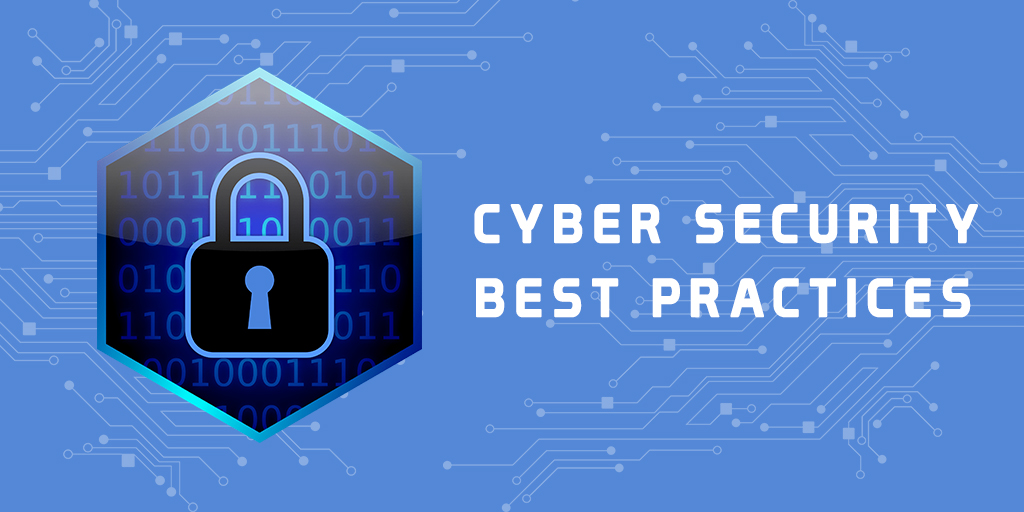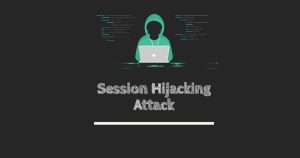As cyber threats continue to evolve, organizations must implement strong cybersecurity measures to protect their sensitive data from unauthorized access, theft, or damage. Cybersecurity best practices are a crucial part of this effort. By following established best practices, organizations can minimize their exposure to potential cyber threats and mitigate the risk of a security breach.
Cybersecurity Best Practices Protocols
One essential cybersecurity protocols and procedures is to conduct regular security audits. Security audits provide organizations with an in-depth analysis of their current security posture and help identify vulnerabilities that may be exploited by cybercriminals. These audits should be performed by qualified security professionals and should cover all areas of the organization’s network and systems.
Another important cybersecurity protocols and procedures is to implement a comprehensive employee cybersecurity training program. Employees are often the weakest link in an organization’s cybersecurity defenses, and hackers frequently exploit human error to gain access to sensitive data. By training employees to recognize phishing emails, avoid social engineering tactics, and implement strong password policies, organizations can significantly reduce their vulnerability to cyber attacks.
Multi-Factor Authentication and Staying Informed
Implementing multi-factor authentication is another cybersecurity standards and guidelines that can help organizations protect their sensitive data. Multi-factor authentication adds an extra layer of security to the login process by requiring users to provide additional credentials beyond a password. This can include a fingerprint scan, a security token, or a biometric identifier, among other options.
Finally, organizations should stay up-to-date on the latest cybersecurity threats and vulnerabilities by regularly monitoring cybersecurity news and industry publications. The vulnerability news is an excellent source of cybersecurity news and updates, providing organizations with the latest information on emerging threats and best practices to keep their systems and data secure.
In conclusion, implementing cybersecurity best practices in organizations is critical for organizations to protect their sensitive data from cyber threats. Regular security audits, employee training programs, multi-factor authentication, and staying up-to-date on the latest cybersecurity news are all essential components of a comprehensive cybersecurity strategy. By following these best practices, organizations can mitigate the risk of a security breach and keep their systems and data safe from cybercriminals.





